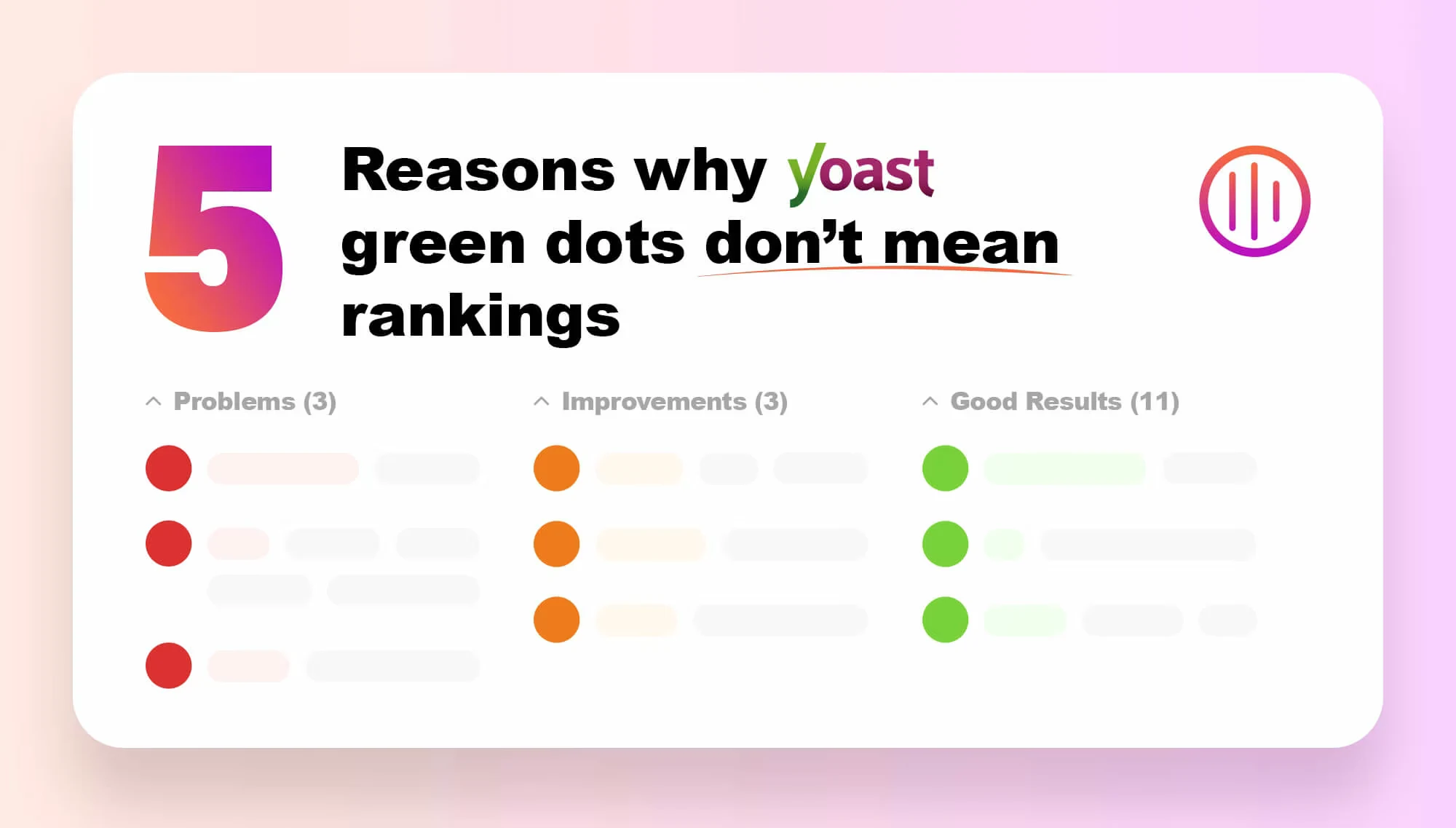When it comes to SEO plugins, Yoast is a go-to choice and for good reason. It’s easy to use, packed with handy features, and helps guide you through optimising your content. However, getting that green dot does not guarantee rankings!
So, let’s take a look at why Yoast’s green dots are not the answer to SEO success, and what really matters when it comes to ranking on Google.
1- Your keywords do not match your users intent
Getting a green dot in Yoast feels satisfying, but it doesn’t necessarily mean your page will rank high. One of the biggest mistakes people make with SEO is putting high focus on keyword placement over user intent. Before you start optimising your site, take a step back and ask yourself: What is the user actually looking for when they type this question into Google?
Google has become incredibly sophisticated over the years at understanding user intent, and it provides different types of content based on what users expect. If you’re targeting the wrong intent, you’re only setting yourself up to fail, and it doesn’t matter how many times you squeeze your keyword into the page.
These are the four main types of search intent:
- Informational: Users are looking for answers, like “How does SEO work?” or “Best ways to speed up a website.” These searches typically highlight guides, blog posts, and explainer videos.
- Investigative: These users are researching options, comparing services, and reading reviews. Questions like “Best SEO agencies in London” or “Yoast vs Rank Math” fit here.
- Transactional: The user is ready to take action, whether that’s making a purchase, booking a service, or signing up. Think “Buy running shoes online” or “Affordable SEO packages.”
- Navigational: These searches are brand-specific, like “Nike website” or “Creative Brand Design SEO services.”
Aside from the four search intents above, users do also complete earlier, more broader searches with less specific terms and these searches return a wide range of different information. These terms tend to be used much earlier on in the user’s search journey and are less likely to convert.
Here’s an example of search intent and the kind of results Google will display:
- If we search for ‘Technical SEO’ (which is a navigational search), Google will show a description on what Technical SEO is and why it is important.
- However, if we search for “How to technically optimise a page for SEO” (which is informational search) Google will give us a list of factors you need to know about how to optimise a page. On this results page there will be bullet points, many mentions of ‘factors’ and articles that contain the answer to the question.
- And if we search for ‘Technical SEO Services’ (which is investigative search) we will get a list of companies providing this service.
In order to get great rankings, you need to fully understand your users’ intent and you need to understand what type of content Google is most likely to present them with.
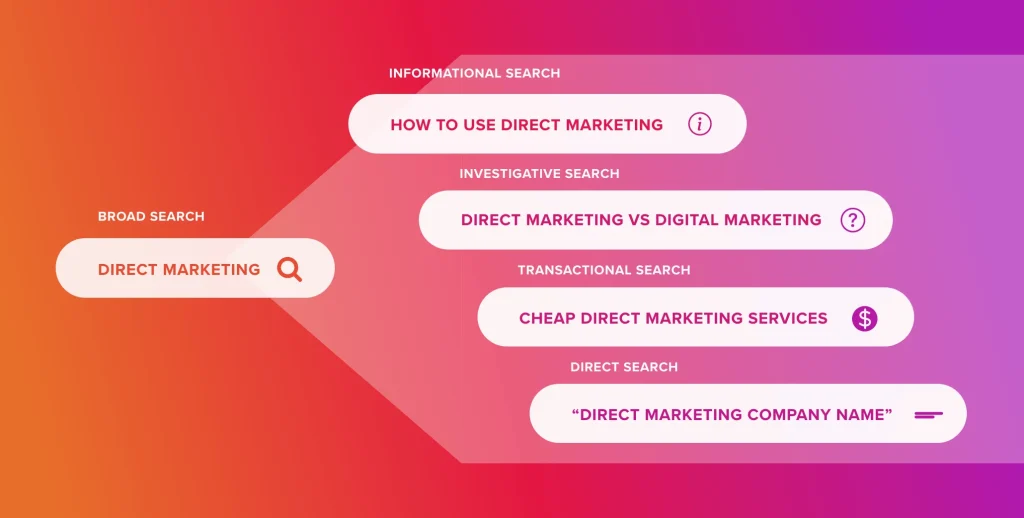
So, you have ensured that the term is in the header, metadata, alt tag and you have that green dot…Great! But the term you are using is less likely to convert and you are not matching your users intent…
2 – Not every page needs to be optimised
Not every page on your website needs to rank on Google, and forcing a keyword onto every single one just to get that green dot can do more harm than good. Pages like Contact Us, Privacy Policy, About Us, and Archive pages are not designed to attract organic traffic, so why waste your time optimising them?
Before you tweak a page just to satisfy Yoast, take a step back and ask yourself:
- Does this page actually need to rank?
- Will users engage with this page, and could it lead to a conversion?
- What keyword would I even optimise this for, and does it match search intent?
Google prioritises relevance over technical optimisation. Even if you get a green dot on your Contact page, it won’t magically rank if the content isn’t relevant to searchers. Worse still, trying to rank a page that doesn’t align with user intent can lead to a high bounce rate as users arrive and realise it’s not what they were looking for, then leave immediately.
Instead of focusing on getting everything to rank, put your energy into the pages that actually matter: Your service pages, blog posts, and landing pages which is where users are most likely to convert.
3 – Semantic/synonyms and related terms are more important than ever before!
Although Yoast is now much more sophisticated in terms of keywords/semantic terms and closely related terms, the premise is still to make sure that your main keyword is in all of the main page factors.
Google uses semantic keywords to better understand the relevancy of your page and the types of searches that it would be most useful ranking for. Google will make connections between the terms you are using and will be able to build a much better picture of the content you are providing and what it is useful for, therefore helping it to rank better for the most relevant terms. Only focusing on or including the focus term could mean you are missing out on rankings elsewhere and that you are making it more difficult for Google to understand the use of your content.
In 2013 Google launched the Hummingbird Algorithm update. Before this, Google had looked for the keywords within the page. For example, if you wrote an article about Dairy Farming and repeated the term over and over again, Google would understand that the article was about Dairy Farming.
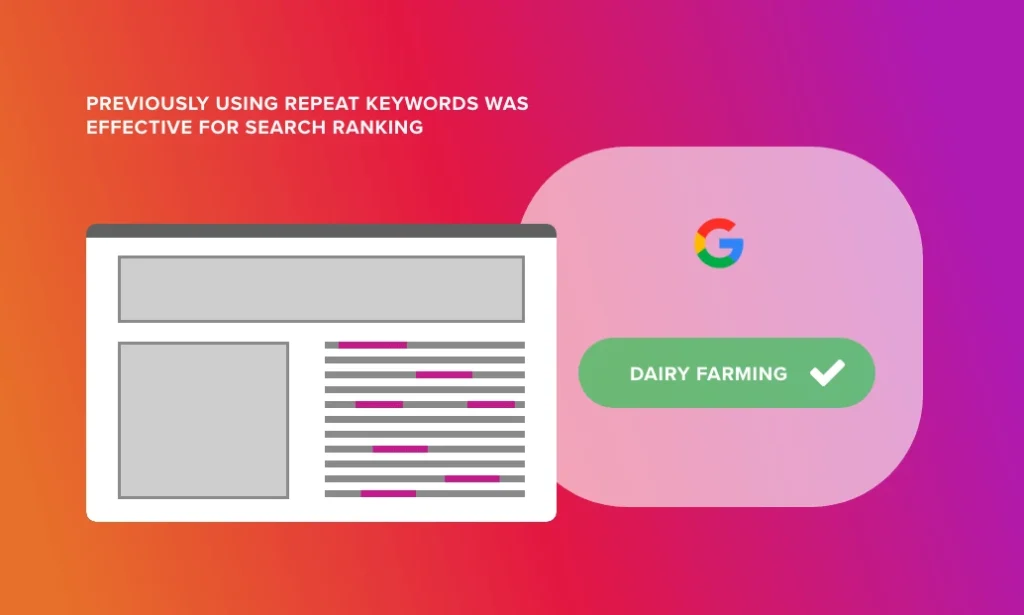
Now, Google doesn’t just scan for one keyword, it looks for a web of related terms. If you’re writing about Dairy Farming, it expects to see words like Cows, Agriculture, Job Description, Production, Industry. These supporting terms help search engines grasp the broader meaning of your content and determine what kinds of searches it should rank for.
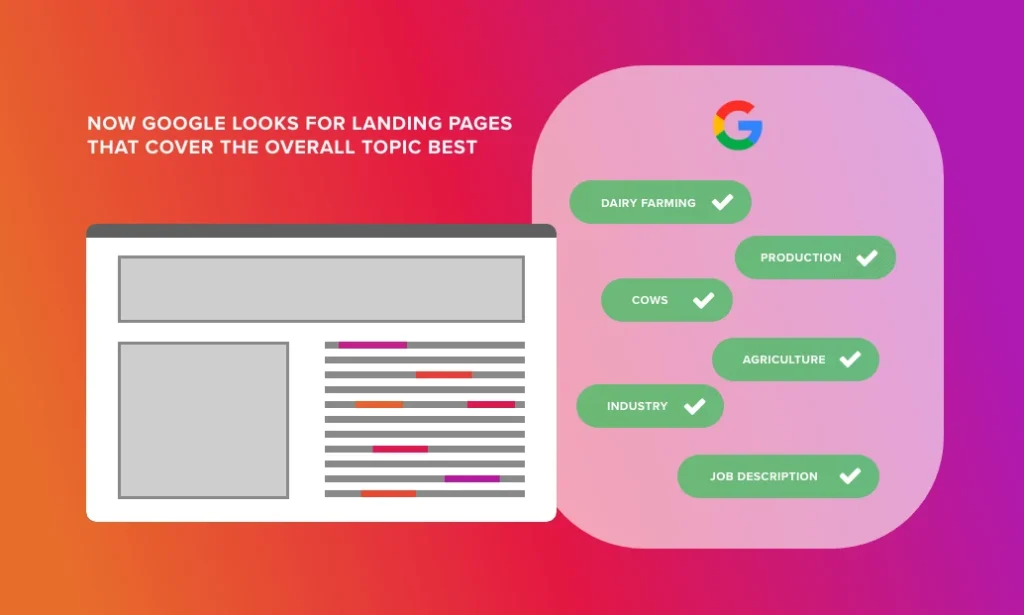
This is why keyword stuffing is dead and content quality is king. Writing naturally and including relevant supporting terms helps Google understand your content the way a human would, which is exactly what leads to better rankings.
4 – Image Alt Text should describe your image
Alt text (or alternative text) is there to help screen readers and search engines understand what an image represents. It improves accessibility for visually impaired users and helps Google index your images properly.
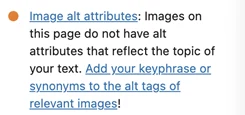
If your keyword fits naturally into the description, great! But forcing your focus phrase into every alt tag, even when it doesn’t make sense can harm rather than help your SEO. Keyword stuffing in alt text doesn’t just look unnatural; it can also send the wrong signals to search engines, making your content seem spammy rather than helpful.
Yoast often suggests adding your focus keyword to alt text wherever possible to get that all-important green dot. But here’s the reality: alt text should describe what’s in the image, not just act as another place to shove in keywords.
A better approach would be to write alt text that’s descriptive and useful. Think about how you’d explain the image to someone who can’t see it, because that’s exactly what it’s for.
5 – Always write for humans first
At the end of the day, great content is about answering questions, solving problems, and keeping your audience engaged, not just ticking SEO boxes.
Yes, making sure your keyword appears in your URL, meta title, description, and headers is important. But if your content doesn’t actually answer the user’s question, it’s not going to rank well, no matter how many green dots you get.
Google’s algorithms have evolved way beyond simple keyword matching. They now analyse context, readability, and user engagement, meaning that well-written, valuable content will always win over keyword stuffing.
Think of Yoast as spellcheck for SEO, it’s a useful tool, but it doesn’t guarantee rankings. It still relies on older keyword density formulas, which don’t always align with how modern search engines evaluate content. So while it’s nice to see those green dots, remember that SEO success isn’t measured in colours but measured in rankings, traffic, and conversions.
Want expert SEO advice? Our team can help fine-tune your content for both search engines and real people. Drop us an email at [email protected]!

